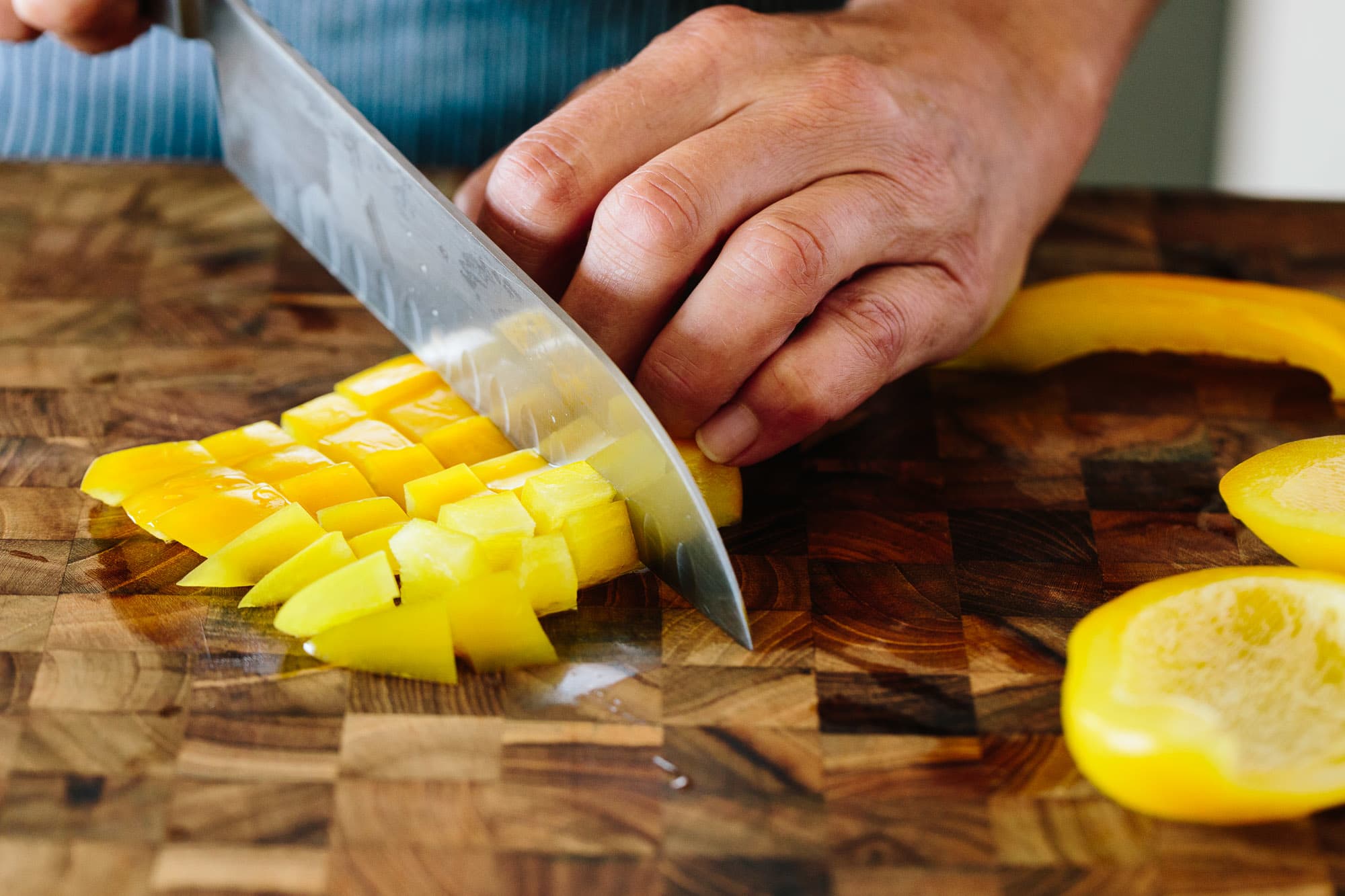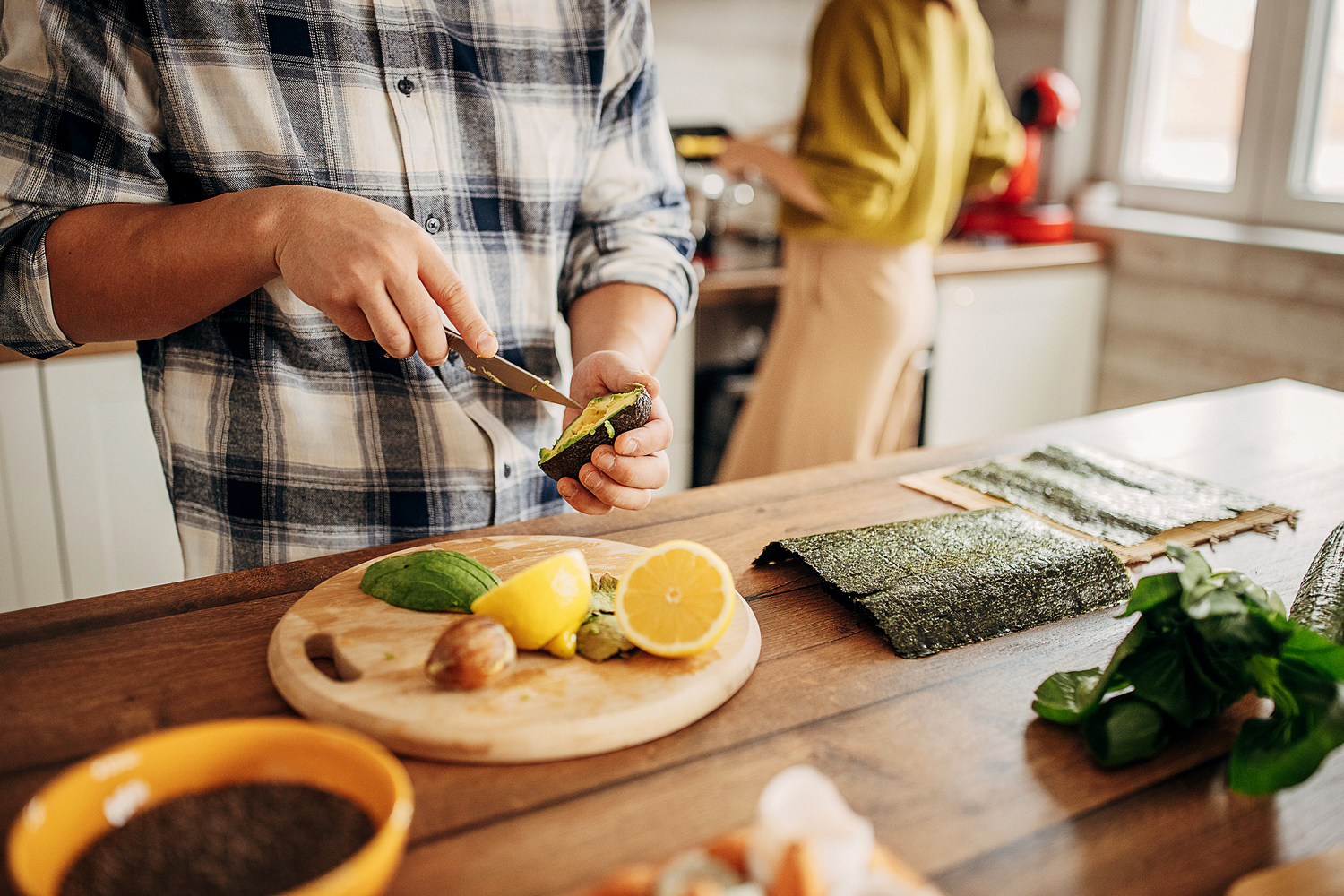If you're serious about your culinary skills, then this article is a must-read! Today, we will explore the best ways to eliminate sticky residue from your wood cutting boardan issue that can disrupt your kitchen efficiency and jeopardize food safety. A well-maintained wood cutting board is a staple in any kitchen; therefore, its essential to keep it in top condition. Lets dive into some of the most effective techniques that will help you ensure your cutting board stays both clean and safe for food preparation.

What Causes Sticky Residue on Wood Cutting Boards?
Sticky residue can accumulate on wood cutting boards for various reasons, such as excess oil, leftover food particles, or even cleaning agents that have not been thoroughly rinsed away. No matter the cause, that sticky surface can quickly become a hotspot for bacteria if not addressed. This is especially concerning in a professional kitchen setting where hygiene is paramount.
The Importance of Keeping Your Wood Cutting Board Clean
Maintaining your wood cutting board goes far beyond keeping it visually appealing. Proper care is crucial to extend the lifespan of the wood and avoid flavor cross-contamination from previous meals. Furthermore, adhering to food safety protocols necessitates that surfaces stay clean to minimize the risk of cross-contamination.
Proven Methods to Eliminate Sticky Residue
Lets get down to it. Here are several tried-and-true methods for removing sticky residue from wood cutting boards.
1. Opt for Natural Cleaners
Many commercial cleaning products can be too harsh for wood. Instead, consider more natural options like white vinegar or baking soda. Combine these ingredients, apply the mixture to the sticky areas, and scrub gently.
2. Lemon Juice Combined with Salt
The natural acidity of lemon juice, combined with the gritty texture of salt, can yield excellent results. Just sprinkle salt over the sticky residue, rub a halved lemon on it, and then rinse well.
3. Use Food-Safe Mineral Oil
After cleaning, its vital to condition your cutting board. Apply food-safe mineral oil to keep the wood hydrated and shielded. For best results, aim to do this monthly.
4. Baking Soda Paste
Create a simple paste using baking soda and water. Apply this to the sticky area, let it sit for a couple of minutes, and then wipe it away. The natural deodorizing qualities of baking soda can also help eliminate lingering odors.
Tips for Preventing Future Residue Issues
As the saying goes, prevention is better than cure! Here are some recommendations to reduce the chances of sticky residue forming on your cutting board:
- Consistent Cleaning: Make it a routine to clean your cutting board after each use.
- Allow for Proper Drying: Make sure to let it dry thoroughly; moisture can lead to mold.
- Regular Oiling: Give your board a conditioning with mineral oil monthly or as needed.
Common Pitfalls to Avoid
Even experienced kitchen workers can slip up. Here are a few common mistakes to steer clear of:
- Using harsh chemicals that may harm the wood.
- Soaking the board in water for long periods.
- Neglecting to recondition with oil.
Products Recommended for Wood Cutting Boards
Investing in the right products can truly make a difference. Consider integrating the following into your maintenance routine:
Wrap-Up
For anyone serious about cooking, understanding how to care for your tools is crucial. By following the necessary steps to remove sticky residue from your wood cutting board, you not only foster a better workspace but also enhance overall food safety.

Frequently Asked Questions
Whats the best way to clean a wood cutting board?
Utilizing natural ingredients like vinegar and baking soda is the best way to clean a wood cutting board.
How frequently should I oil my cutting board?
Its advisable to oil your cutting board monthly for optimal upkeep.
Is it okay to soak my wooden cutting board in water?
No, soaking wooden cutting boards can warp the wood and encourage bacterial growth.
As an Amazon Associate, I earn from qualifying purchases.
For more insights on the advantages of wood cutting boards, check out this external resource.


























